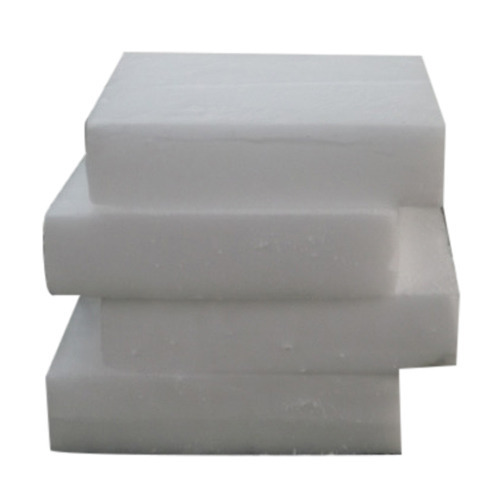
Dry Ice
Dry Ice Specification
- Pressure
- Atmospheric at point of use
- Purity
- 99.9% CO2
- Boiling point
- Sublimation at -78.5C (no liquid phase at atmospheric pressure)
- Vapor Density
- ~1.53 (air=1)
- CAS No
- 124-38-9
- Industries
- Pharmaceutical, Chemical, Food Processing, Shipping, Laboratory, Beverage, Medical
- Air Gases
- None (Solid form of CO2 only)
- Noble Gases
- Absent
- Elemental Gases
- None; product is carbon dioxide only
- Melting Point
- Sublimation at -78.5C, does not liquefy at atmospheric pressure
- Freezing Point
- -78.5C (-109.3F)
- Filling Pressure
- Not applicable (solid form)
- Density
- 1.6 Gram per cubic centimeter(g/cm3)
- Volume
- Varies per block; commonly packed as 10-20 kg per carton
- Application
- Refrigeration, Flash Freezing, Cold Chain, Special Effects, Cleaning, Laboratory Use
- Weight
- Typically 1 kg to 50 kg blocks or pellets
Dry Ice Trade Information
- Main Export Market(s)
- Central America, South America, Western Europe, Middle East, Eastern Europe, Asia, North America, Australia, Africa
- Main Domestic Market
- All India
About Dry Ice
We are providing the best of Dry Ice, which is a solid form of carbon dioxide that has been widely used in many fields due to its versatility. Because of its sublimation characteristics, it is transformed directly from a solid to a gas and so cooling preserves perishables during transport. It is used as a reliable coolant in laboratories for sensitive equipment. Further, due to its non-toxic and non-combustible properties, Dry Ice is the best for use in special effects as well as cleaning operations.
Superior Refrigeration and Preservation
Dry ice provides efficient cooling without leaving any liquid residue, making it perfect for pharmaceutical, food processing, and medical applications. Its low temperature and rapid sublimation effectively maintain the integrity of sensitive materials during transportation and storage.
Versatile Applications Across Industries
From laboratory experiments to shipping and flash freezing, dry ice is indispensable in diverse sectors. It is also favored for cleaning processes and visual effects due to its versatility, purity, and efficient sublimation properties.
Safe Handling and Storage
Due to its extreme cold, dry ice must be handled with insulated gloves and kept in insulated containers. Always store it in well-ventilated locations to avoid carbon dioxide buildup and minimize asphyxiation risk. Remember, its shelf life is short as it sublimates over time.
FAQs of Dry Ice:
Q: How should dry ice be stored to maximize its shelf life?
A: Store dry ice in an insulated container placed in a well-ventilated area. This minimizes sublimation and reduces the risk of carbon dioxide buildup, ensuring safe, prolonged usability.Q: What is the process for using dry ice in cold chain logistics?
A: Place the required amount of dry ice blocks or pellets with perishable goods inside insulated packaging. Monitor ventilation to avoid CO2 accumulation, as dry ice absorbs heat and maintains the required low temperatures during transit.Q: When is dry ice most beneficial in laboratory applications?
A: Dry ice proves valuable in laboratories for rapid freezing, sample preservation, and creating extremely cold environments where traditional refrigeration is insufficient. Use it when temperatures below 78.5C are needed.Q: Where should dry ice not be used due to safety concerns?
A: Dry ice should never be used in small, unventilated spaces. Sublimation releases carbon dioxide gas, which can displace oxygen and pose serious asphyxiation hazards in confined environments.Q: What are the main benefits of using dry ice over water ice in shipping?
A: Dry ice keeps items colder for longer, leaves no water residue, and maintains low temperatures without causing moisture damage. This makes it ideal for pharmaceuticals, perishables, and sensitive materials.Q: How does the sublimation property of dry ice impact its handling and transport?
A: Because dry ice sublimates directly to gas at room temperature, it must be transported in insulated containers and quantities should accommodate its short shelf life and weight loss over time.
Tell us about your requirement

Price:
Quantity
Select Unit
- 50
- 100
- 200
- 250
- 500
- 1000+
Additional detail
Mobile number
Email
We accept only bulk quantity orders.

 Send Inquiry
Send Inquiry


